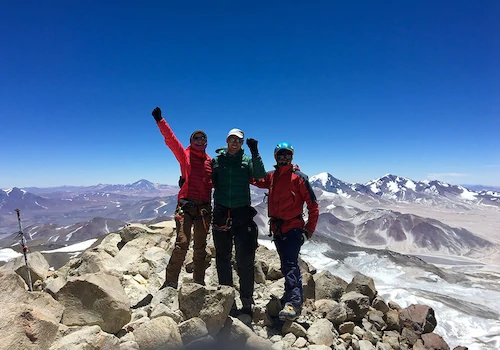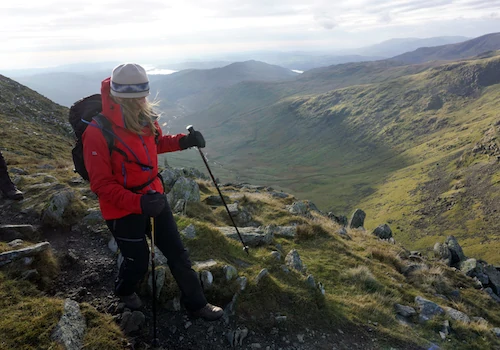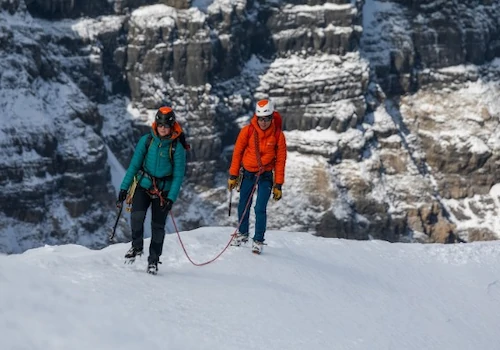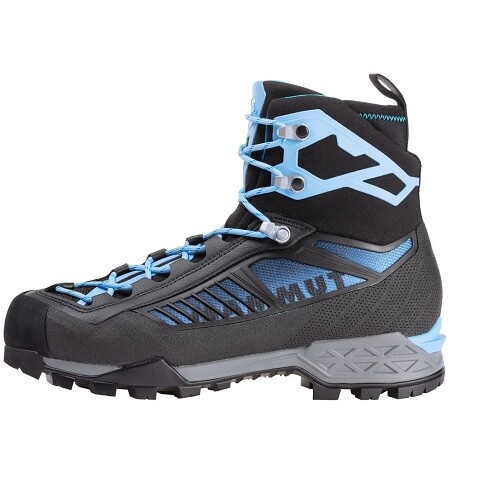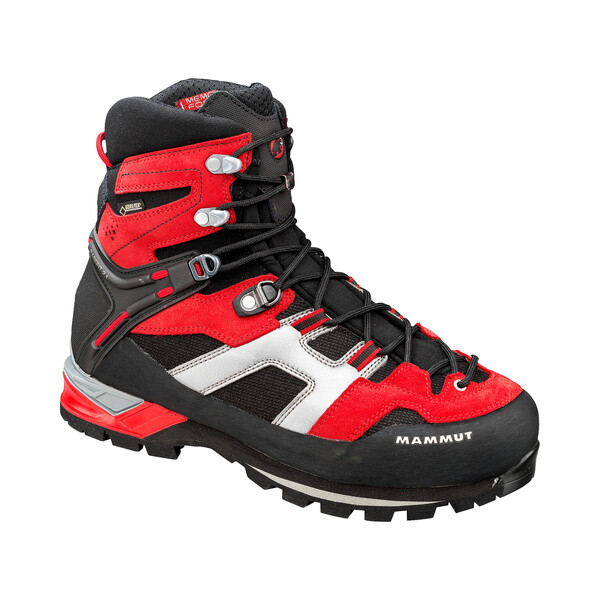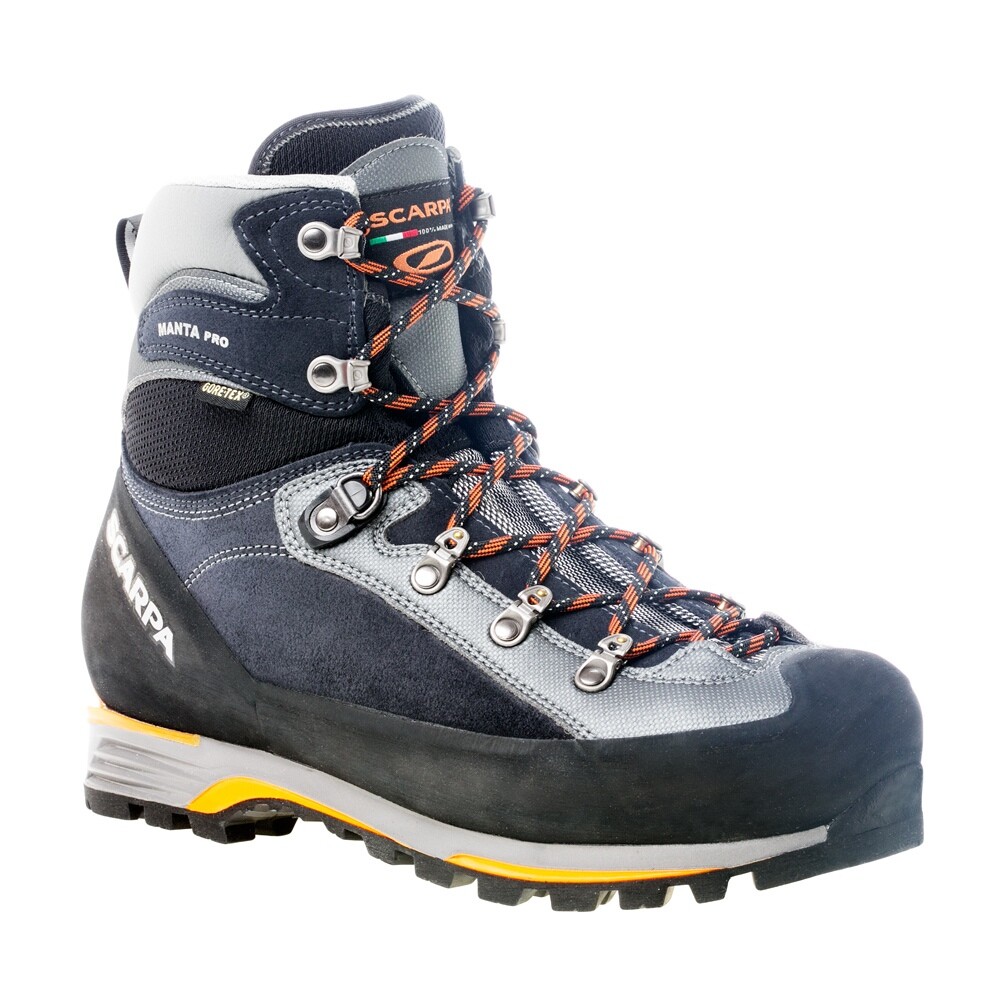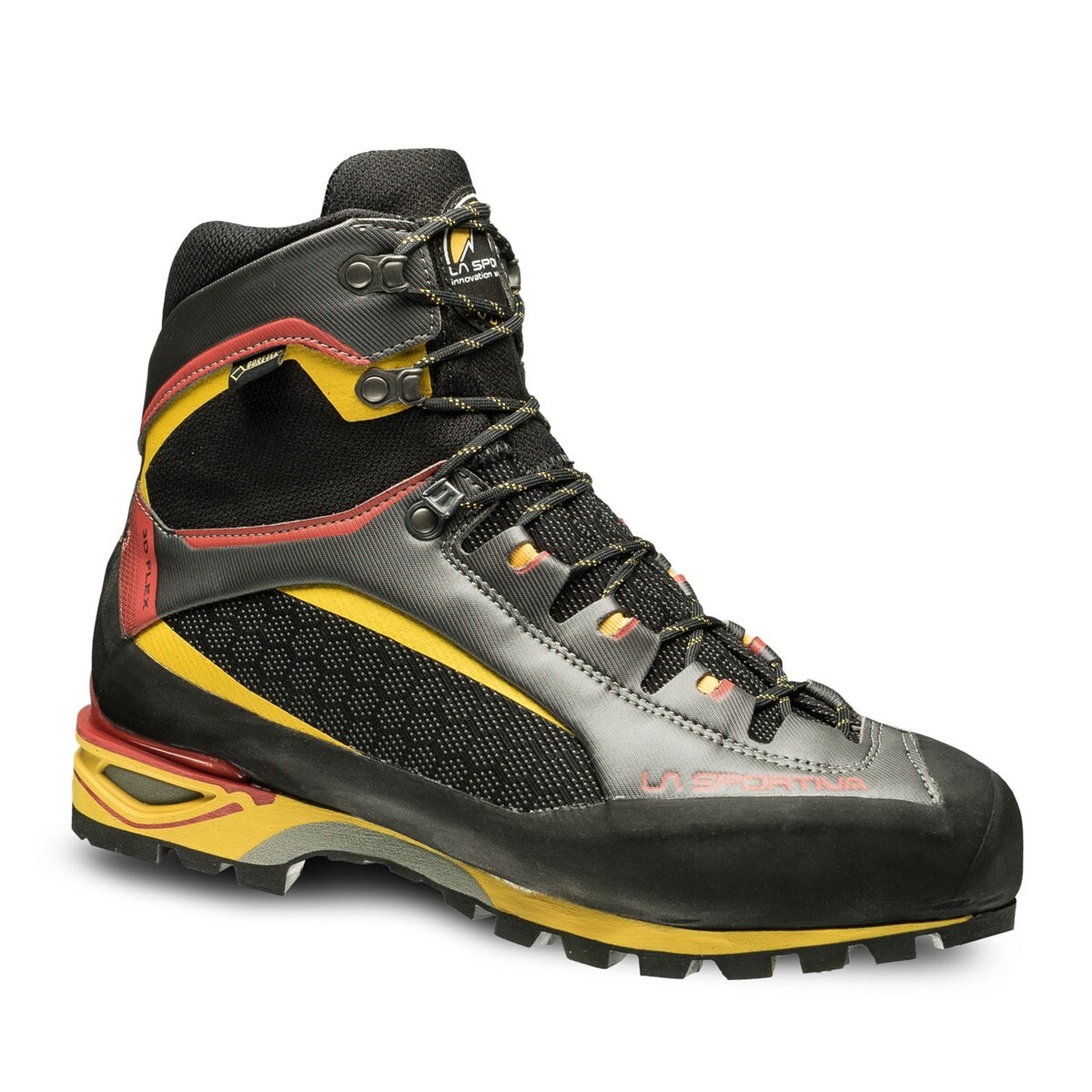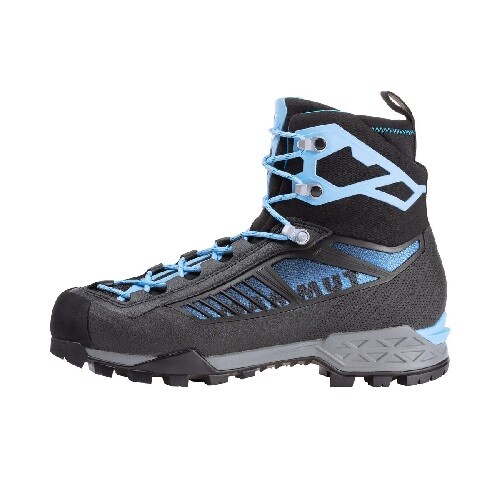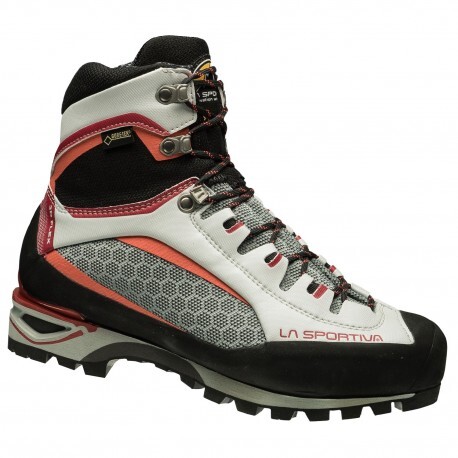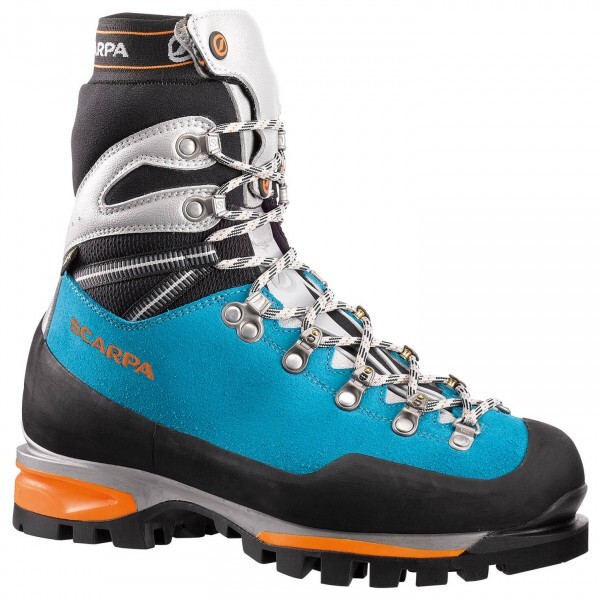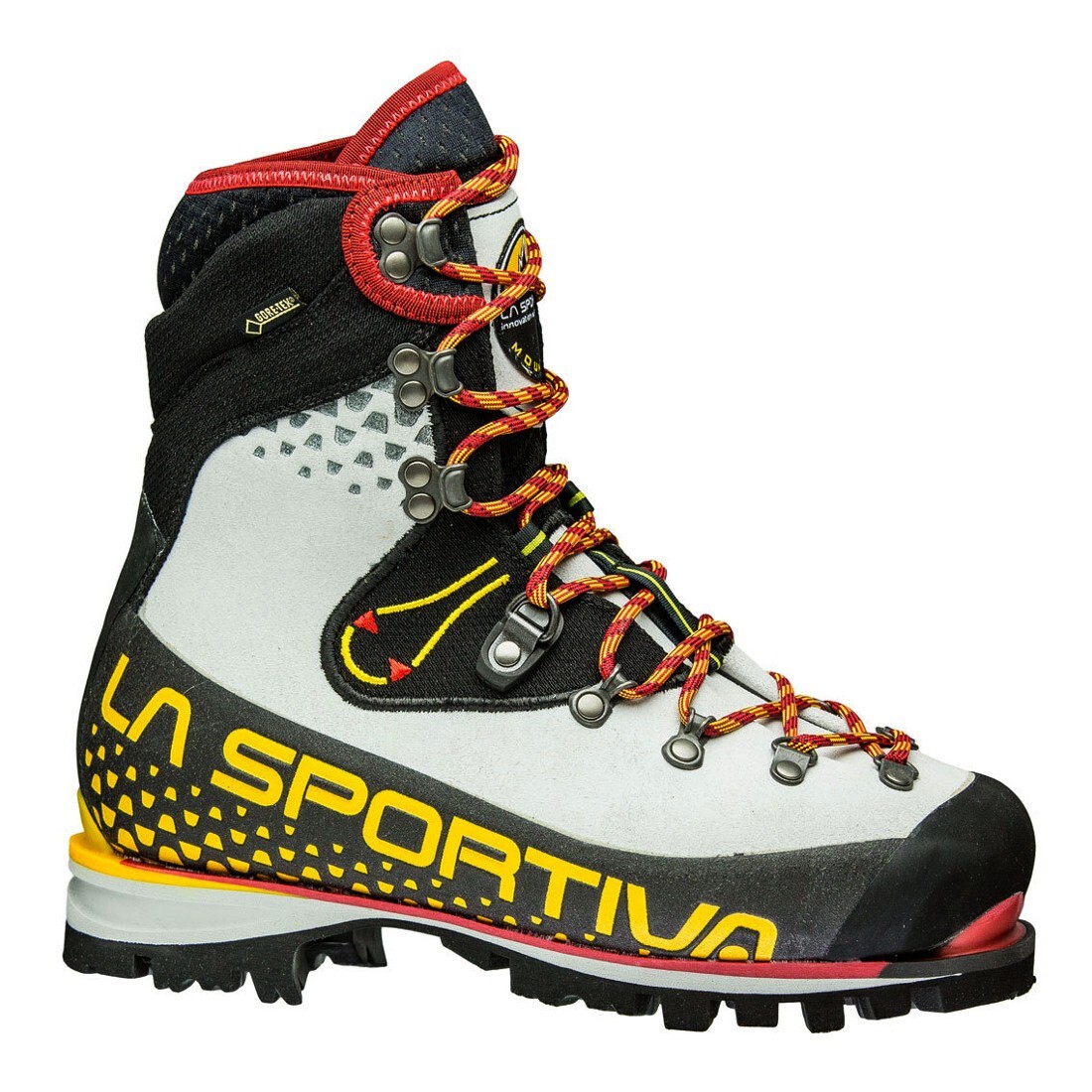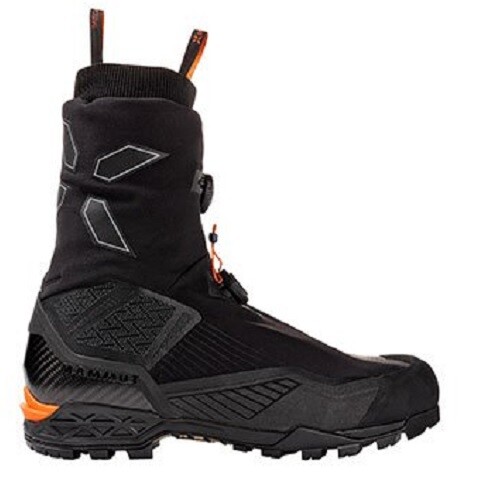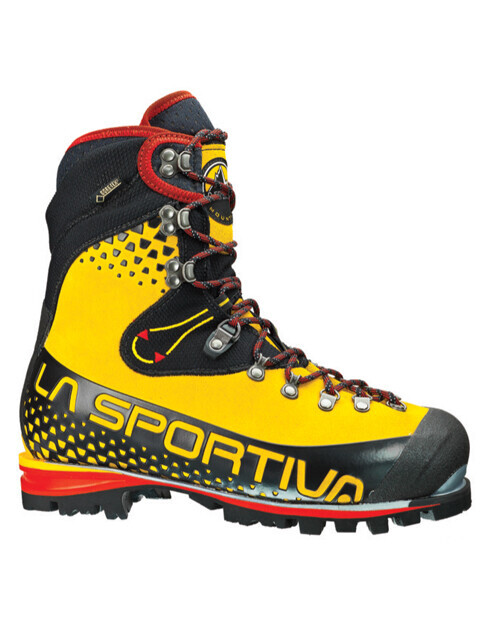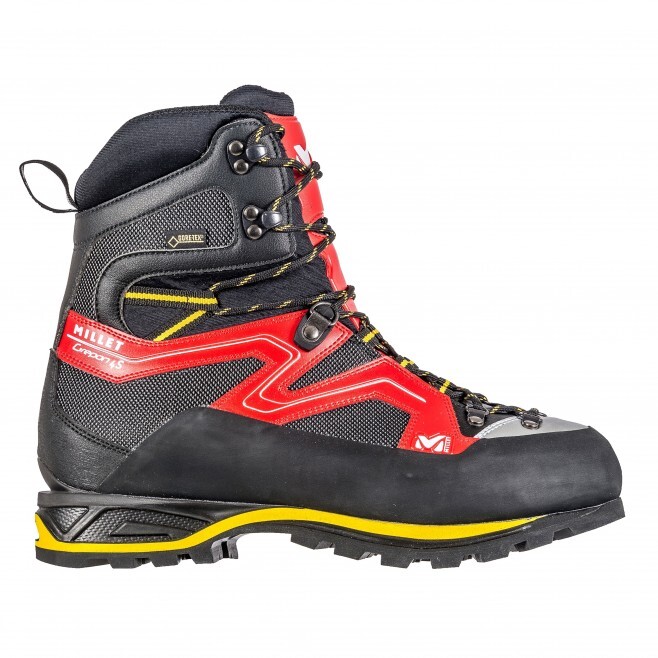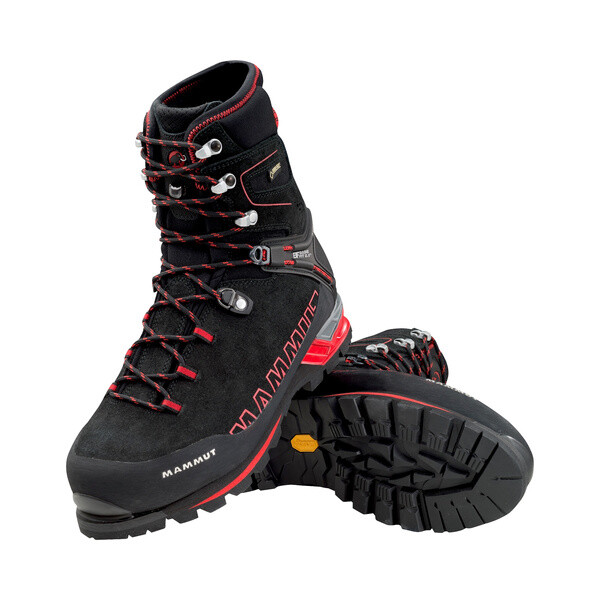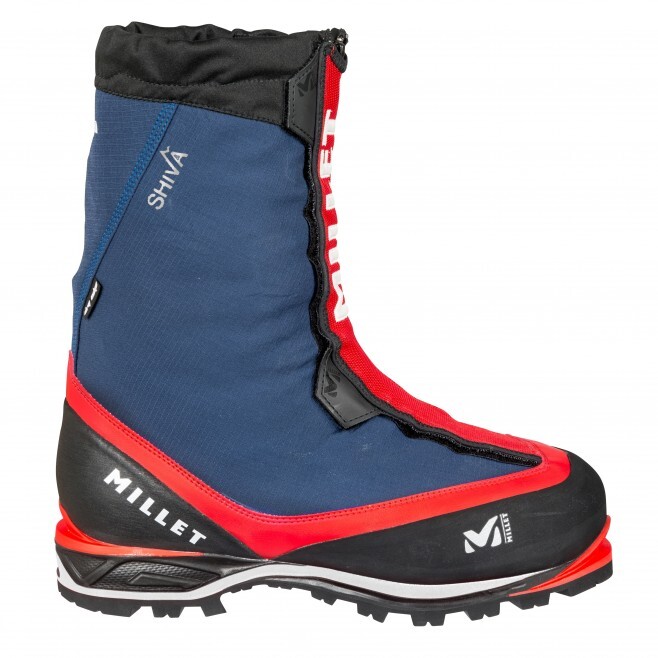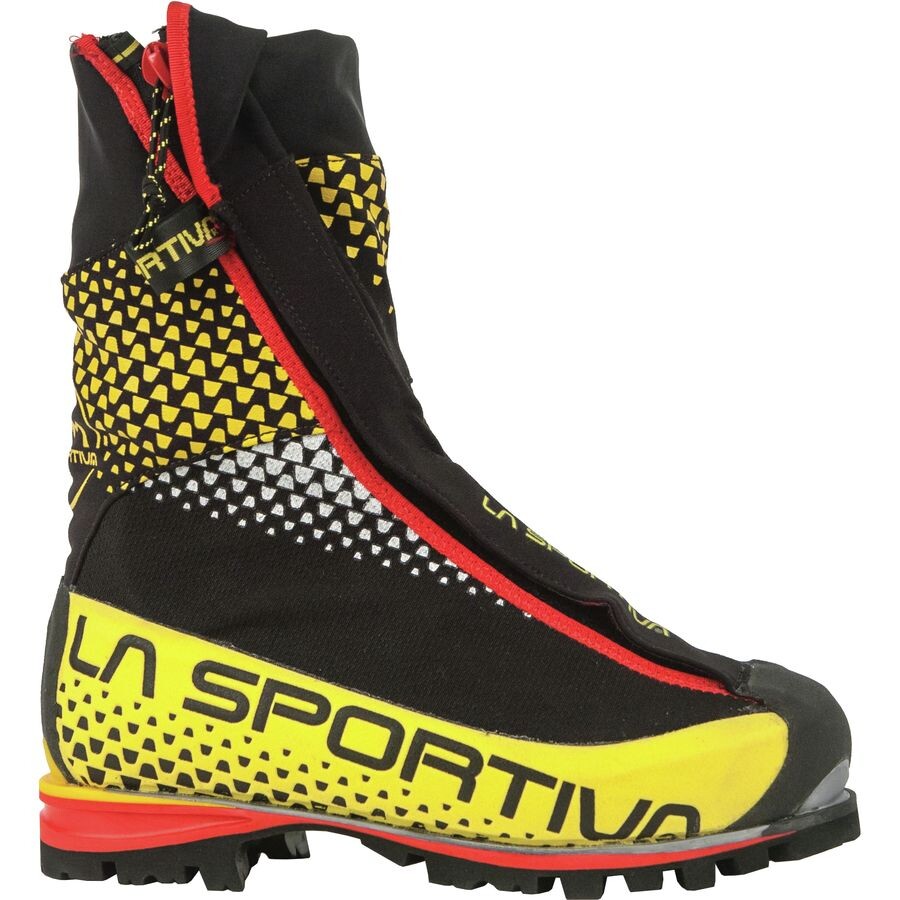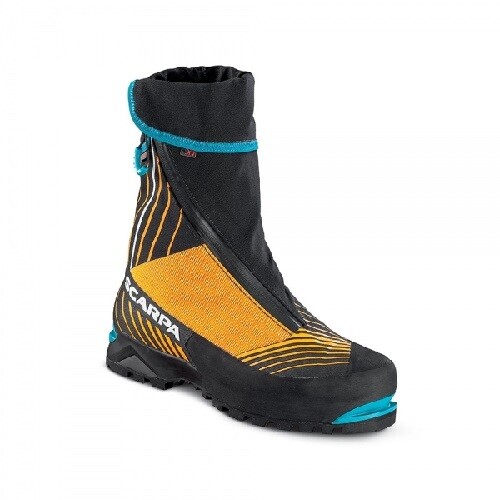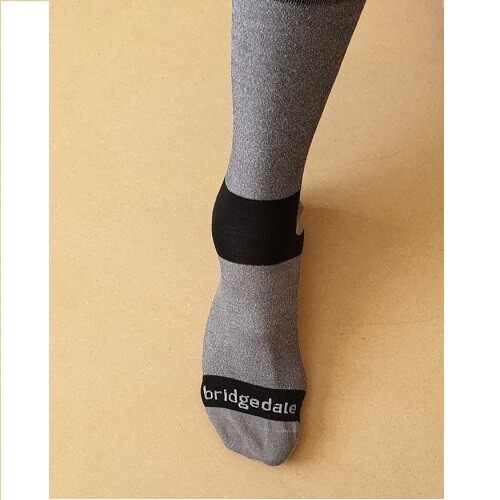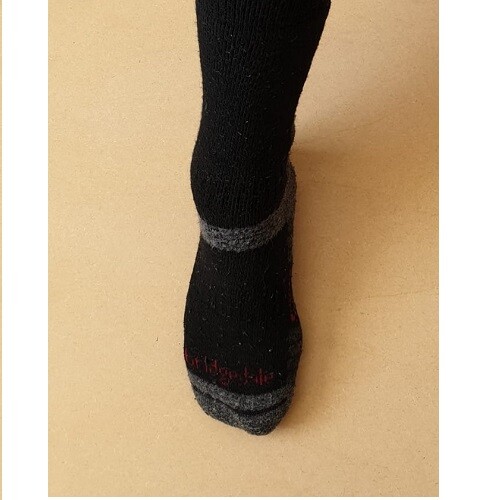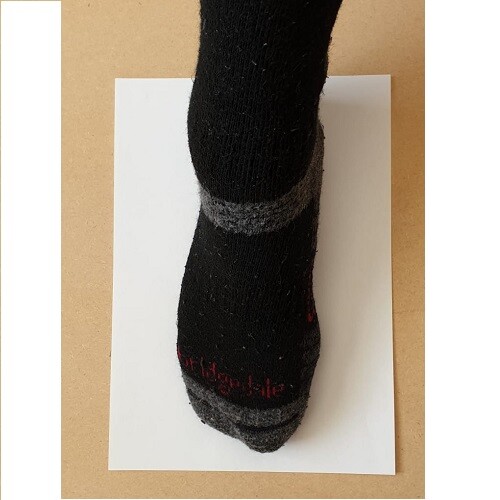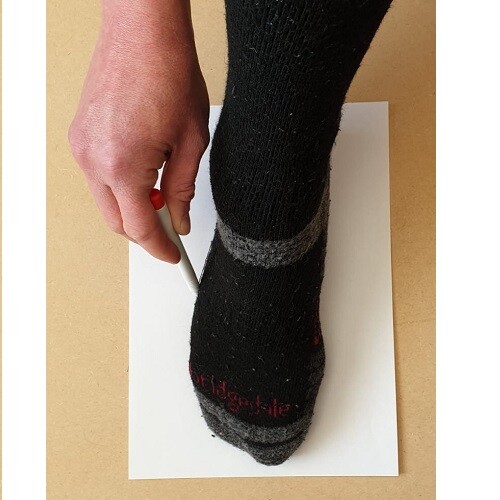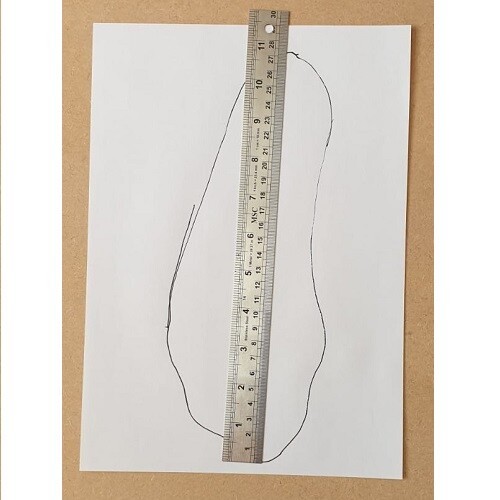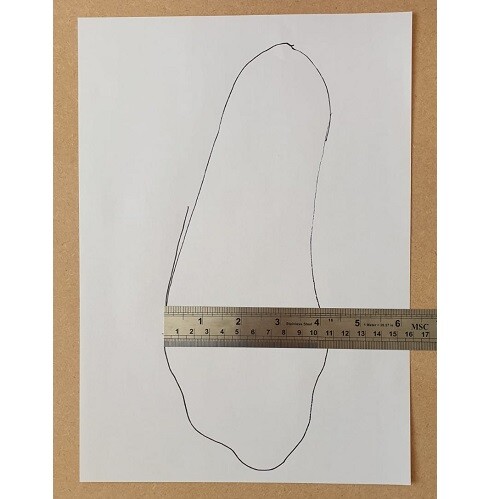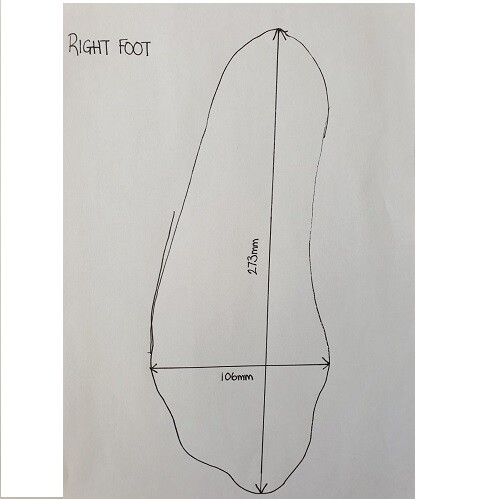Which mountaineering boots do I need?
Although we have prepared this guide roughly by heights, there are exceptions to the rule, and that’s where our expertise come in. So, for instance, whilst one mountain’s conditions may allow you to wear a pair of boots to trek to 5,300 meters (say to Everest Base Camp or 5895m on Kilimanjaro) they would not keep your feet warm enough on Elbrus at 5642m, or Mont Blanc, or even a Scottish Winter.
Single Skin Mountaineering Boots for Peaks up to 4800m
This category of boot is perhaps the most confusing as there are so many ‘Single Skin’ boots. Many high street shops don’t fully understand the in-depth requirements for specific expeditions, which can have a devasting effect on your trip when you suffer with cold feet.
We have split their use into two categories: up to 4500m; and then up to 4800m, based on those we feel are suitable for Mont Blanc – the highest mountain in Western Europe.
Up to 4500m (not suitable for Mont Blanc)
This group of boots allows you to step up from a simple pair of hiking/walking boots (B1) that can be used in Spring, Summer and Autumn to a pair suitable for UK Winter mountaineering to grade 1, scrambling or lower alpine glaciated terrain covered in snow and ice. The design is a compromise between the needs of walkers and climbers, often referred to as a four season or mountaineering boot that will take a semi rigid crampon. Classed (B2), they’re stiff with a limited amount of flex in the sole for comfortable walking and importantly more warmth.
The boots will have a stronger outer fabric to provide greater resistance to sharp rocks or crampon points whilst remaining quite light and compact. The sole units will be a ‘sticky’ Vibram with a pointed toe and a stiffer feel making them more suited to scrambling allowing precise foot placements and holding an edge.

